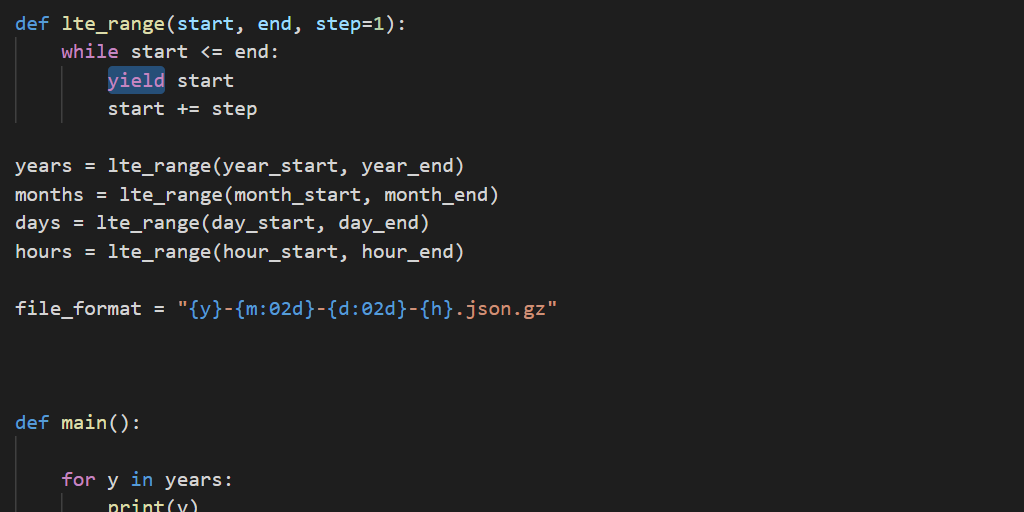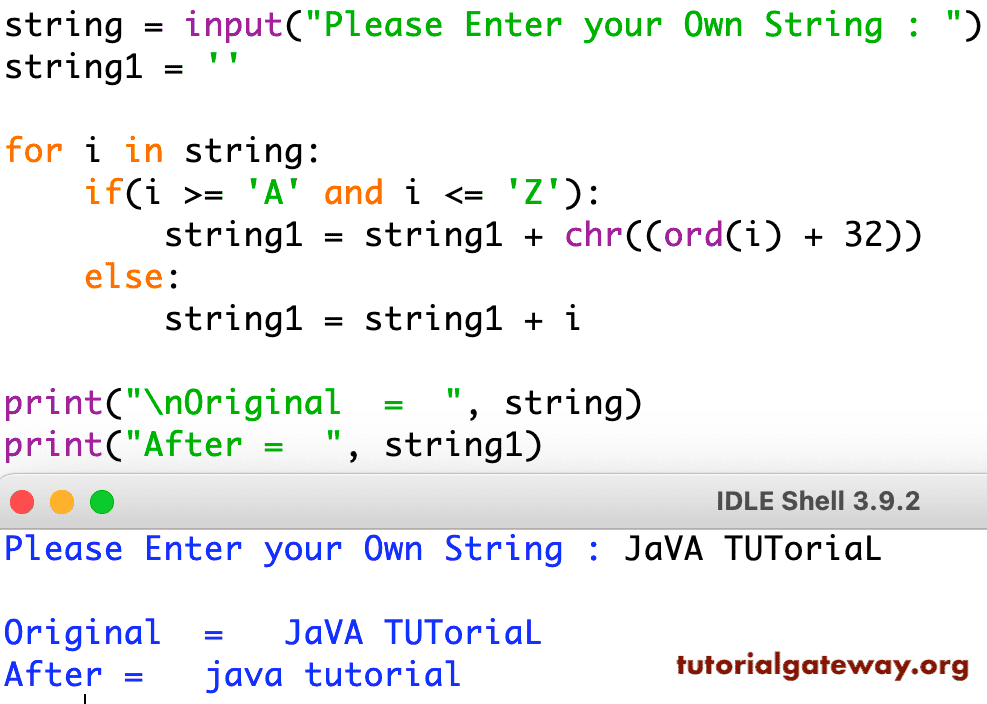
So what's the difference? Well, in Python 2.x range() produced a list, and xrange() returned an iterator - a sequence object. This is a function that is present in Python 2.x, however it was renamed to range() in Python 3.x, and the original range() function was deprecated in Python 3.x. You may have heard of a function known as xrange().

If you're a little confused, for reference see the Wikipedia article. So take it down, pass it around, no more bottles of beer on the wall!īrilliant! Finally you can see the true power of Python :). So take one down, pass it around, 1 more bottle of beer on the wall!ġ bottle of beer on the wall, 1 bottle of beer! So take one down, pass it around, 2 more bottles of beer on the wall!Ģ more bottles of beer on the wall, 2 more bottles of beer! So take one down, pass it around, 96 more bottles of beer on the wall!ģ bottles of beer on the wall, 3 bottles of beer!

So take one down, pass it around, 97 more bottles of beer on the wall!ĩ7 bottles of beer on the wall, 97 bottles of beer! So take one down, pass it around, 98 more bottles of beer on the wall!ĩ8 bottles of beer on the wall, 98 bottles of beer! With the for loop we can execute a set of. This is less like the for keyword in other programming languages, and works more like an iterator method as found in other object-orientated programming languages. Print(' more bottles of beer on the wall!'.format(i - 1))ĩ9 bottles of beer on the wall, 99 bottles of beer! A for loop is used for iterating over a sequence (that is either a list, a tuple, a dictionary, a set, or a string). Print('So take one down, pass it around, 1 more bottle of beer on the wall!') Print('2 more bottles of beer on the wall, 2 more bottles of beer!') Print('So take it down, pass it around, no more bottles of beer on the wall!') Print('1 bottle of beer on the wall, 1 bottle of beer!')
#For i in range python how to#
After reading this article, you’ll have a complete grip on how to properly. We’ll be explaining it step by step through proper practical examples for better understanding.
#For i in range python code#
In this post, we’ll learn what Python for loop is and how to properly use it in different code situations. Python's range() Function Examples Simple Usage How To Easily Use Python For Loop Python Code Examples. For example range(0, 5) generates integers from 0 up to, but not including, 5. Therefore the last integer generated by range() is up to, but not including, stop. The syntax to access the first element of a list is mylist. range() (and Python in general) is 0-index based, meaning list indexes start at 0, not 1.All parameters can be positive or negative.step: Difference between each number in the sequence.stop: Generate numbers up to, but not including this number.start: Starting number of the sequence.stop: Number of integers (whole numbers) to generate, starting from zero.The range() function has two sets of parameters, as follows: The range() function works a little bit differently between Python 2.x and 3.x under the hood, however the concept is the same. Other times you may want to iterate over a list (or another iterable object), while being able to have the index available. Often you will want to use this when you want to perform an action X number of times, where you may or may not care about the index.

But what does it do? In a nutshell, it generates a list of numbers, which is generally used to iterate over with for loops. It does not store any personal data.Last Updated: Thursday 27 th January 2022 What is Python's range() Function?Īs an experienced Python developer, or even a beginner, you've likely heard of the Python range() function.

The cookie is set by the GDPR Cookie Consent plugin and is used to store whether or not user has consented to the use of cookies. The cookie is used to store the user consent for the cookies in the category "Performance". This cookie is set by GDPR Cookie Consent plugin. The cookie is used to store the user consent for the cookies in the category "Other. The cookies is used to store the user consent for the cookies in the category "Necessary". The cookie is set by GDPR cookie consent to record the user consent for the cookies in the category "Functional". The cookie is used to store the user consent for the cookies in the category "Analytics". These cookies ensure basic functionalities and security features of the website, anonymously. Necessary cookies are absolutely essential for the website to function properly.


 0 kommentar(er)
0 kommentar(er)
